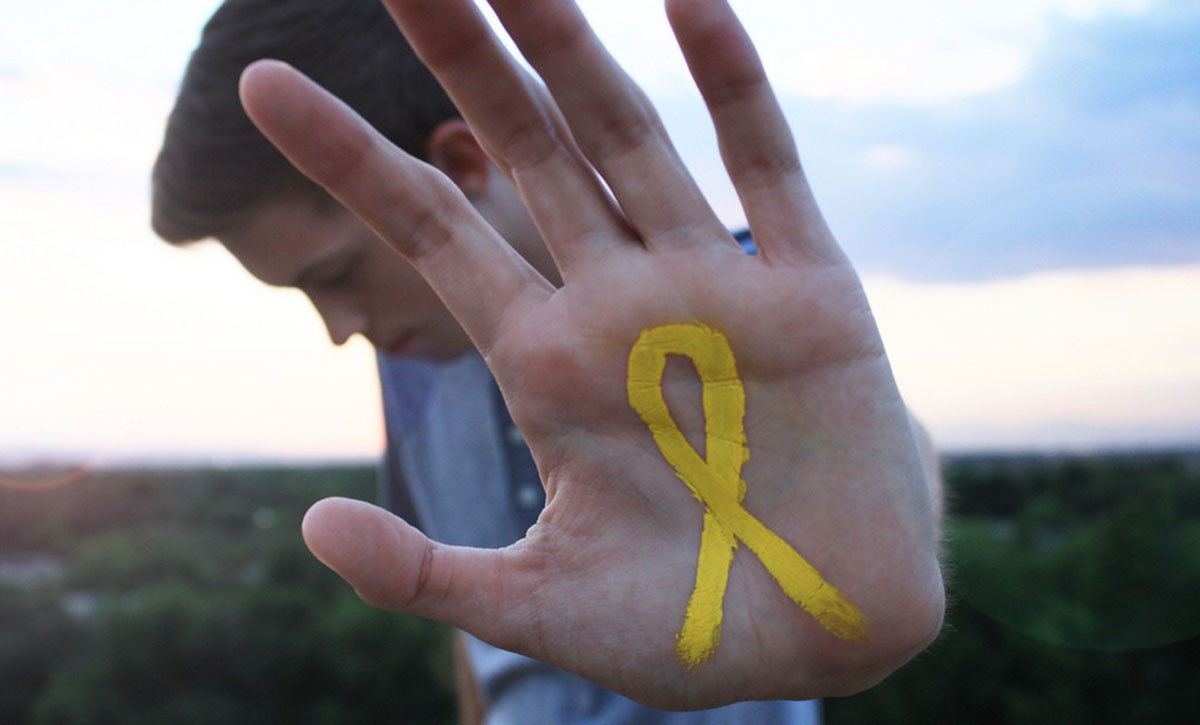Table of Contents
We often hear people say that they never would have thought that a person as successful or popular as the ones they knew would ever contemplate taking their own lives. Even family members and friends are shocked to hear the fate of their loved ones, as if they never saw it coming.

But looking carefully into previous cases of suicides will reveal that there may have been warning signs all along, and it was no secret that one would bring it to completion.
Characteristic signs of a suicidal person include:
-
Having a previous unsuccessful suicide attempt
-
Being depressed or overly anxious
-
Being preoccupied with death
-
Being isolated or withdrawn
-
Being emotionally distant from others
-
Having few family members or friends
-
Being distracted, lacking a sense of humor, no feeling of pleasure
-
Dwells on the past and sees no hope for the future
-
Having a sense of hopelessness, such that nothing they do can change make things better
-
Having a sense of helplessness, such that they feel they cannot help themselves and that no one else can help them
-
Their physical appearance may also give a warning sign – they are often unkempt, unclean and disheveled. They may have wrist lacerations or physical manifestations of self-harm.
-
Their face may show no emotion (flat affect).
-
They exhibit loss of interest in all activities.
-
They act impulsively, often having a death wish, such as driving a car too fast.
-
Putting their affairs in order, as if they were leaving.
-
A sudden switch from being very depressed to being happy or calm may be a sign that they have made up their mind to end their life soon.
What to Do to Help Someone Who is at Risk of Committing Suicide
If you suspect that someone is at risk of killing him/herself:
-
Take them seriously. Listen to what they have to say.
-
Do not leave them alone.
-
Remove any drugs, guns, ropes, knives, or anything he might use to bring harm to himself.
-
Call someone for help.
-
Call 911 or bring him to the nearest emergency room.
-
If danger is not imminent, talk to him calmly, and let him know that you are listening to him and that you care for him.
-
Encourage him to see a health care professional.
-
Be supportive during treatment.
See Also: Suicide Among Teenagers: Prevention Is Contagious
If you know someone who may be at risk of bringing harm to him/herself, call the suicide hotline: 800-SUICIDE (800-784-2433) or 800-273-TALK (800-273-8255). It is best to take a person's hints or declarations seriously and consider it as an emergency.
- Medscape. Suicide. http://emedicine.medscape.com/article/2013085-overview
- New York Times. Many Problems Lead to Thoughts of Suicide, Study Finds. http://newoldage.blogs.nytimes.com/2014/08/01/many-problems-lead-to-thoughts-of-suicide-study-finds/?ref=research
- WebMD. Recognize the Warning Signs of Suicide. http://www.webmd.com/depression/guide/depression-recognizing-signs-of-suicide Suicide.org. How to Help a Suicidal Person. http://www.suicide.org/how-to-help-a-suicidal-person.html
- Photo courtesy of Jayson by Flickr : www.flickr.com/photos/musicalgenius/8011287649
- Photo courtesy of Jared Keener by Flickr : www.flickr.com/photos/jaredmayfire/9723708930
- medscape.com
- nytimes.com
- www.webmd.com
- www.suicide.org

